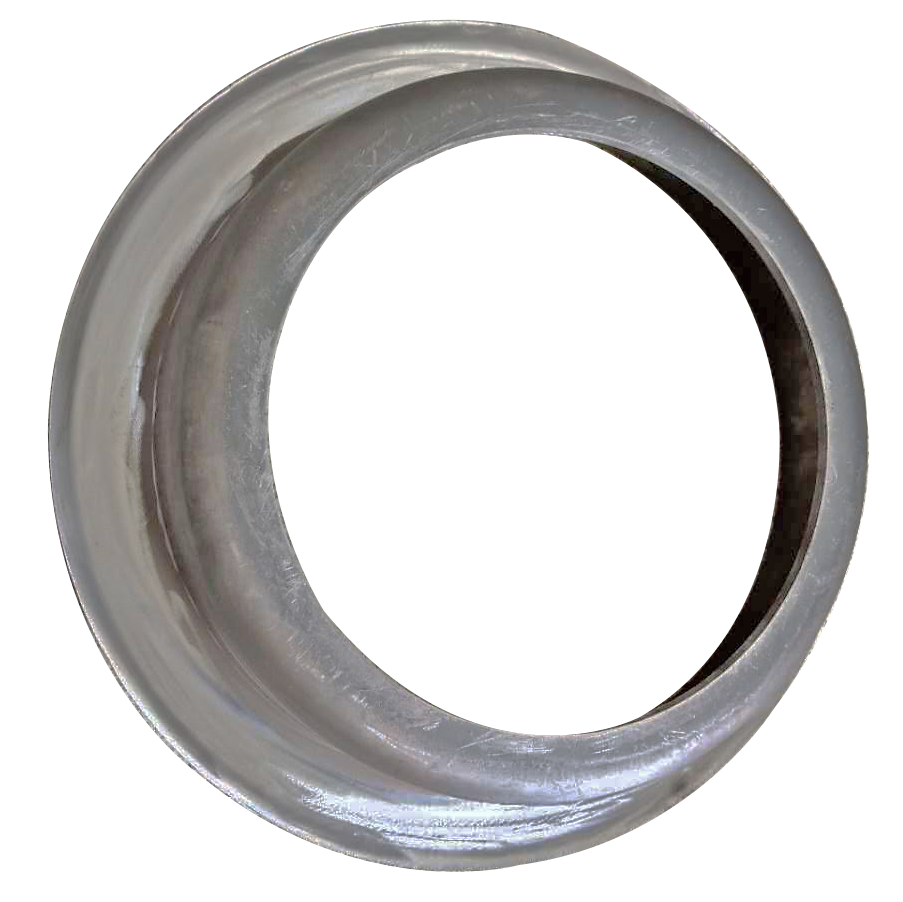Гру . 15, 2024 12:20 Back to list
cast iron drain pipe
Understanding Cast Iron Drain Pipes A Durable Solution for Plumbing Needs
Cast iron drain pipes have long been a staple in plumbing systems, known for their durability, strength, and longevity. This traditional material continues to be a popular choice for both residential and commercial applications. In this article, we will explore the characteristics, advantages, installation considerations, and maintenance of cast iron drain pipes.
What is Cast Iron?
Cast iron is an iron alloy that contains a significant amount of carbon, which gives it exceptional strength and durability. The production process involves melting iron, adding carbon, and then pouring the mixture into molds to form pipes. The resulting product is dense, rigid, and resistant to various forms of physical stress, making it ideal for drainage systems.
Advantages of Cast Iron Drain Pipes
1. Durability One of the most significant benefits of cast iron pipes is their longevity. These pipes can last over a century without significant problems, making them a cost-effective investment for property owners. Compared to plastic alternatives, cast iron is less prone to cracking or damage from extreme temperatures.
2. Sound Reduction Cast iron has excellent sound-dampening qualities. This feature is particularly beneficial for multi-family dwellings or commercial buildings, where reducing noise from wastewater can lead to a more comfortable living environment.
3. Fire Resistance Unlike plastic pipes, cast iron is non-combustible, offering a level of fire resistance that can be crucial in many applications. This feature is especially important in commercial settings where fire safety regulations are stringent.
4. Resistance to Corrosion While all materials will corrode over time, cast iron pipes have a natural resistance to corrosion when properly maintained. This characteristic makes them suitable for a variety of environments, including those with varying pH levels.
cast iron drain pipe

Installation Considerations
The installation of cast iron drain pipes requires skilled labor. Due to their weight, these pipes can be challenging to handle, necessitating the use of lifting equipment during installation. It's crucial to ensure that pipes are adequately supported and aligned to prevent stress and ultimately extend the lifespan of the system.
Installers need to pay careful attention to the fittings and joint connections as well. Cast iron pipes are often joined using specific methods such as hub-and-spigot or no-hub couplings. Proper installation technique is critical to prevent leaks and ensure the longevity of the system.
Maintenance of Cast Iron Drain Pipes
While cast iron pipes are low-maintenance compared to other materials, regular inspections are necessary to identify potential issues early. It’s essential to check for signs of corrosion, especially at the joints, and address any leaks promptly. Periodic cleaning of the pipes can also help prevent blockages caused by debris accumulation.
Using the right products for maintenance is crucial. Harsh chemicals can corrode cast iron surfaces; therefore, opting for biodegradable or less aggressive cleaning solutions is advisable.
Conclusion
In conclusion, cast iron drain pipes represent a reliable choice for plumbing systems due to their durability, sound-dampening properties, fire resistance, and corrosion resistance. Although they require careful installation and regular maintenance, the benefits they offer often outweigh the drawbacks. As modern plumbing continues to evolve, cast iron pipes maintain their rightful place as a time-tested option for efficient drainage solutions. Whether for new installations or replacements, cast iron remains a trusted choice for both homeowners and professionals alike.
-
Premium Cast Iron Water Main Pipe for Robust Infrastructure
NewsAug.27,2025
-
A-Rated Cast Aluminum Boilers: High-Efficiency Condensing Gas & LPG
NewsAug.26,2025
-
OEM Cast Silicon Aluminum Alloy Heat Exchanger | Custom & High Performance
NewsAug.25,2025
-
Centrifugally Cast Iron Water Main Pipe | Ductile Iron Solutions
NewsAug.24,2025
-
Durable Cast Steel Concrete Pipe Mold Bottom Rings & Base Trays
NewsAug.23,2025
-
Centrifugally Cast Iron Water Main Pipe for Reliable Mains
NewsAug.22,2025


